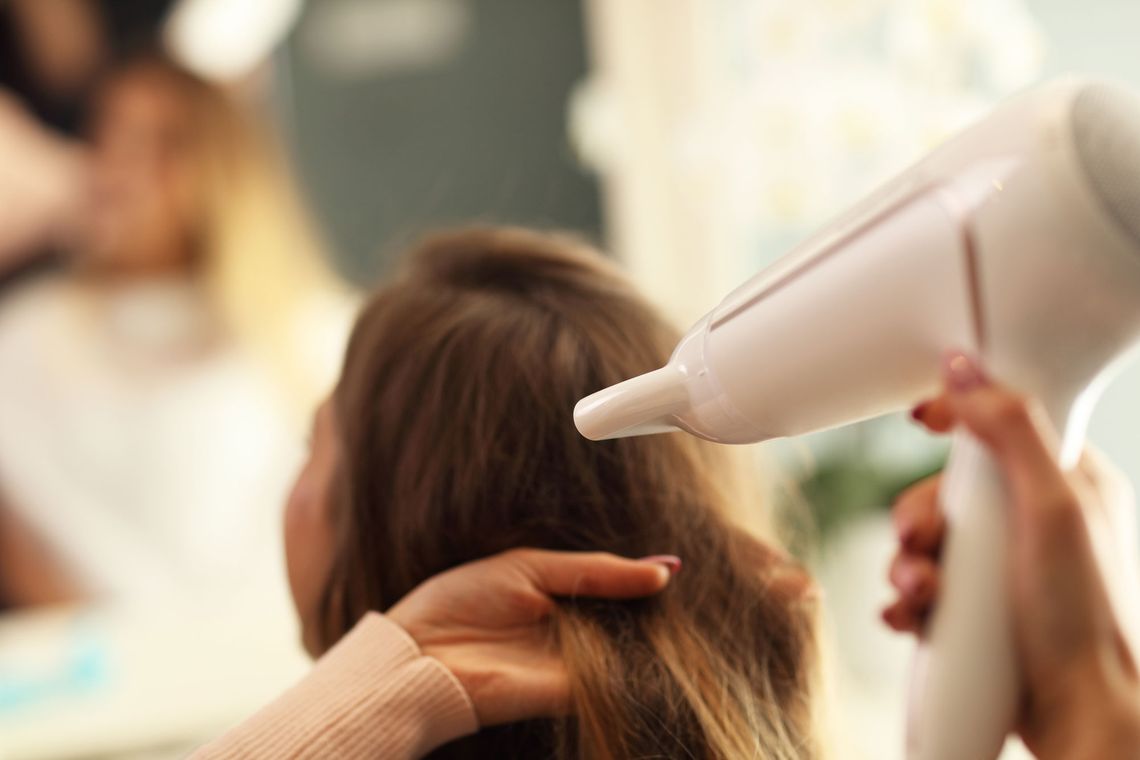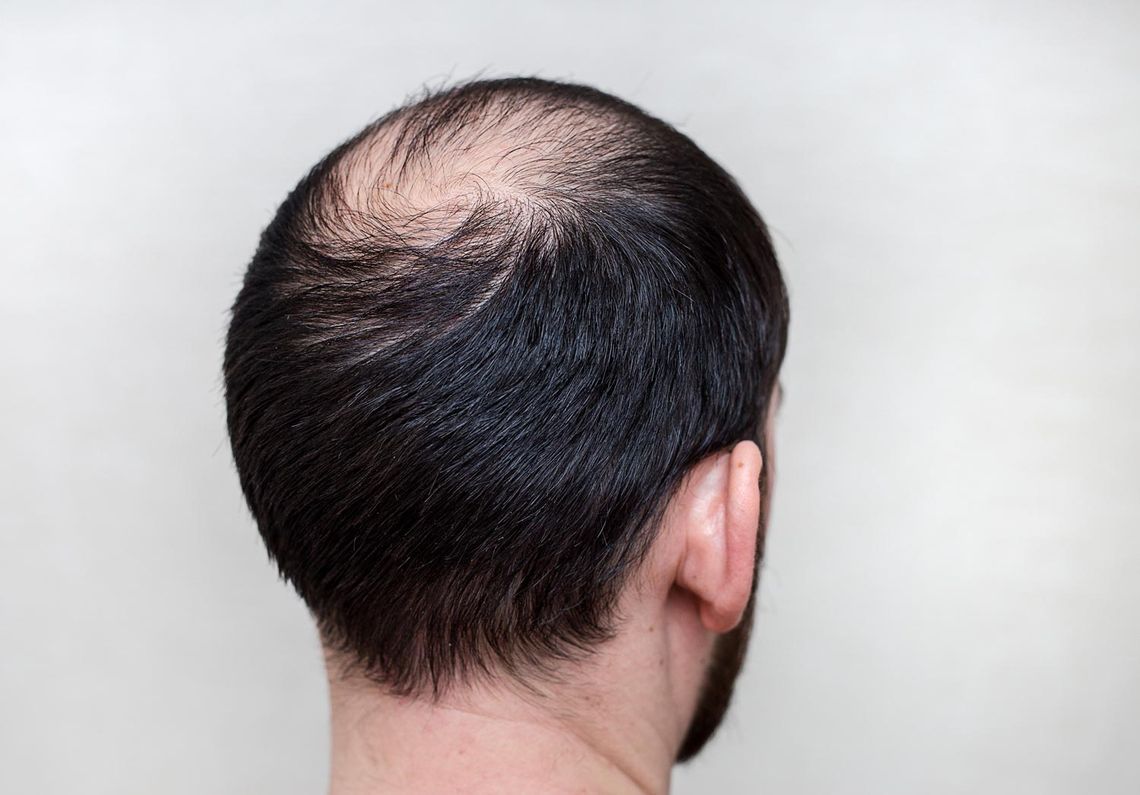In our proderm story in August, our interviewer sets out to learn a thing or two about hair, and has found two proderm employees to interview on the topic.
- Category
- Date
- Share
As a first question of course who are you and what are you doing here – Could you two introduce yourselves briefly?
Annalena: Yes, so I'm Annalena, I'm project manager for hair and sun!
Jelena: …and I am Jelena, I am originally a trained hairdresser. After that I did my A-levels, went to study, did not complete a degree and at one point went back to my old profession – Then I worked at proderm until about seven years ago, when I quit - and now I am back again…
...in the hair laboratory! You're in the right place, so to speak.
Jelena: It was actually a coincidence that there was an open position there. I wasn't in the hair lab the time I first worked at proderm. But I met many people who already worked here 7 years ago.
Which only speaks for proderm, I think… But anyway, I want to talk to you two about hair drying and hair dryers! The first question to you Jelena is simply – Why hair drying?
Jelena: Basically, the purpose of hair drying is to create a hairstyle in the first place. Whether I let hair dry in the air or use a hair dryer - it makes a difference. With a hair dryer I can create a hairstyle, shaping the hair and creating volume. It also imparts a shine on the hair that it doesn't get by just air-drying.
Shine? I didn't know that at all, how does that come about?
Jelena: Well, when blow-drying, if you want to do it right, you should preferably blow-dry with the direction of growth - This allows you to close the cuticle layer - and a closed cuticle layer reflects light and thus makes the hair shine.

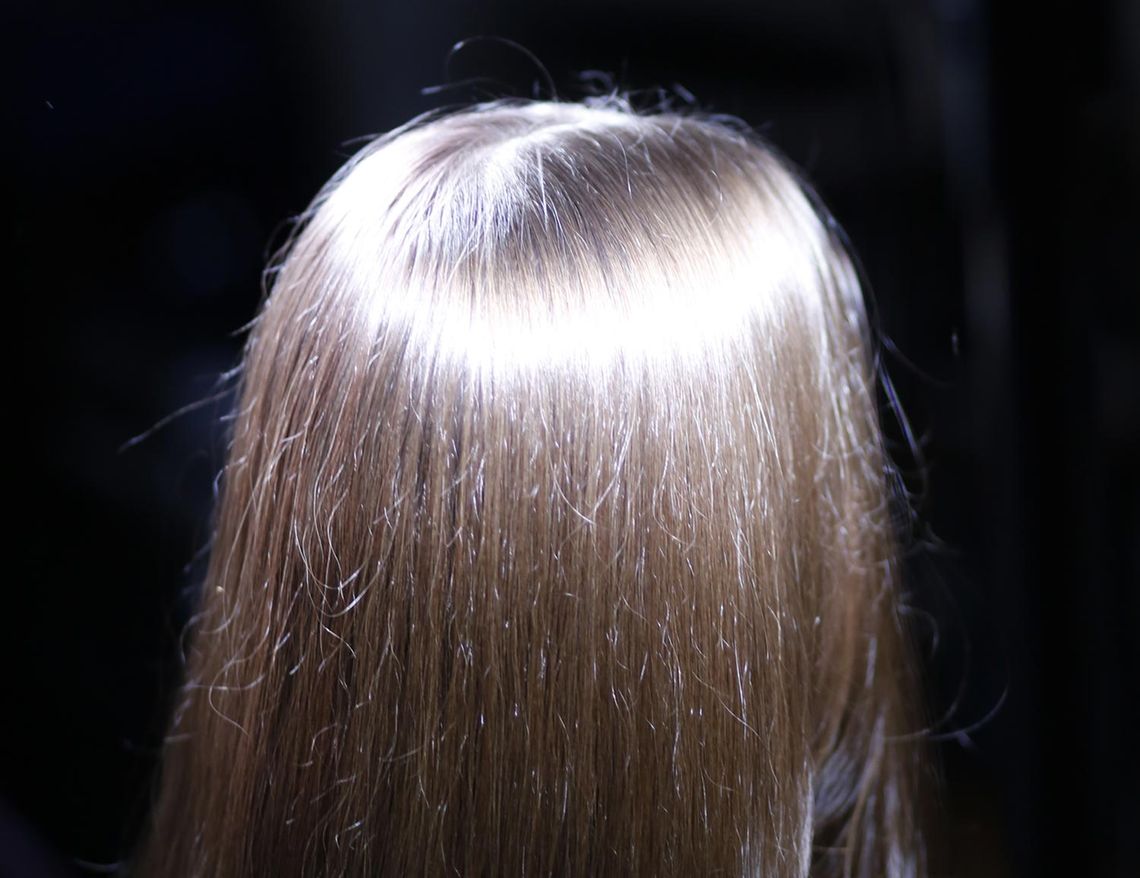
So, it's not about just drying at all, but volume and shine?
Jelena: Exactly! When you put a brush in the hair, it is not only important to blow-dry hot, but then also to let the brush and hair cool down at the end, so that the structure can strengthen again - and thus the hairstyle can arise at all.
Many people make the mistake and wildly tear through their hair with the brush and with the hot hair dryer on top. But the secret is to turn in the brush and let it cool down. For at least 2, 3 minutes and only then take the brush out. Then you get volume!
Why does the air actually have to be hot?
Jelena: Yes, so theoretically, depending on your hair type, you could also put rollers in your hair and leave it in overnight and let it dry and then you'll have curls the next day. These are then the so-called hydrogen bonds in the hair that are opened with the water and then, when I let it dry, close again and then the hair takes on that shape.
Is the high temperature mostly for faster evaporation, so to speak?
Jelena: Yes exactly, it's faster!
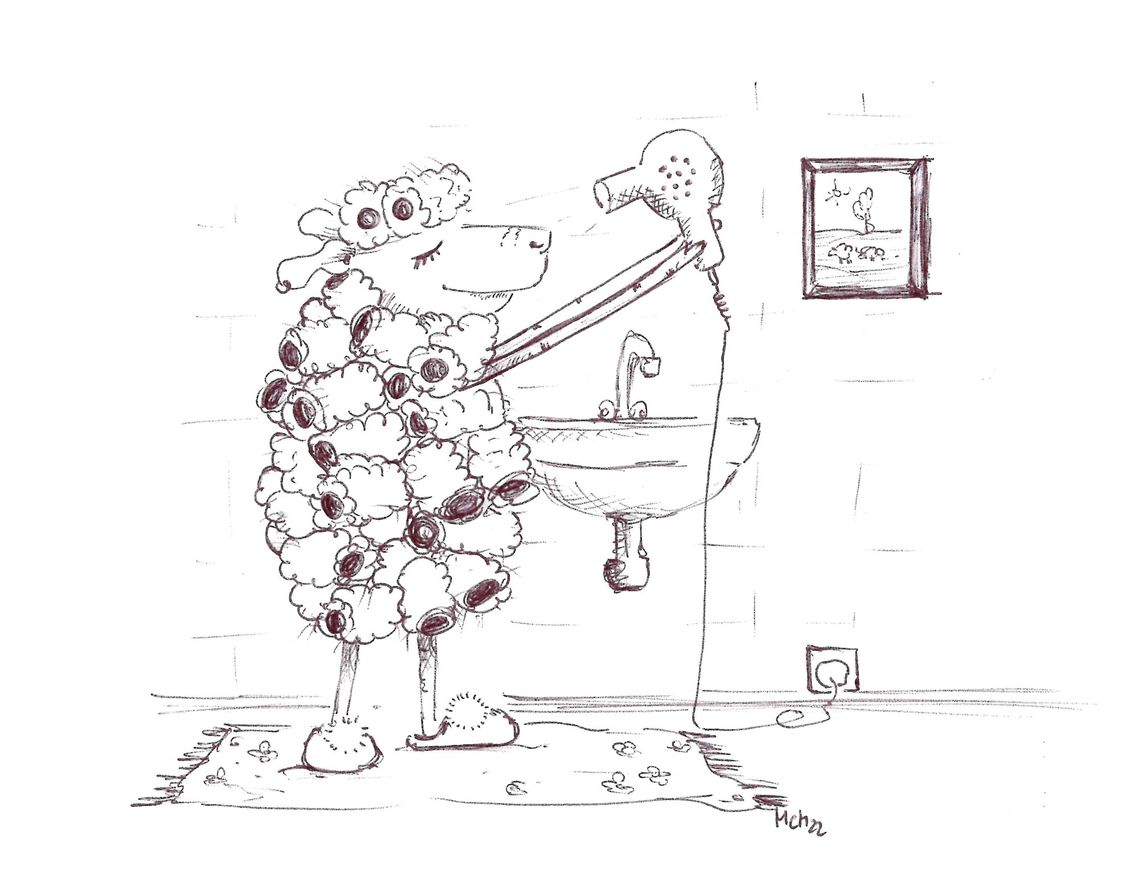
So, Annalena, that seems like a good cue to switch over to you for a bit – If temperature plays such an important role in hair drying, it's surely a key factor in a hair drying related study?
Annalena: Yes, it's probably the most important thing about a hair dryer. We can study a lot of things about a hair dryer, which are all related to how hot it gets, but also how the air is distributed - How well it dries, how quickly, how hot the hair gets, how hot the scalp gets, how much the hair is damaged. Most of the time, the customer comes to us with a challenges or a question, and we work out the solution.
What would a typical hair dryer study be like at proderm?
Annalena: For example, we did a study where we tested different market leading hair dryers for drying time. That is, standardized hair tresses, i.e. long locks of hair used for testing purposes, are first weighed dry, weighed wet and then weighed again after being dried with the hair dryer for a certain time.
Essentially, we compared the drying performance of various models... I bought the test winner and it's really good… Of course, we can't say who it was…
In another project, a company wanted to see which hair dryer was the most effective or caused the least heat damage or heat sensation on the head, and we had a set-up with a frame where hair is clamped in and thermography is used to measure how hot the hair gets when it is blow-dried. Thermography is a great tool for doing studies with hair dryers.
So for us, this is not yet a standard type of study, but custom work.
What we do more often however, is testing products that are supposed to protect against heat damage by hair drying.
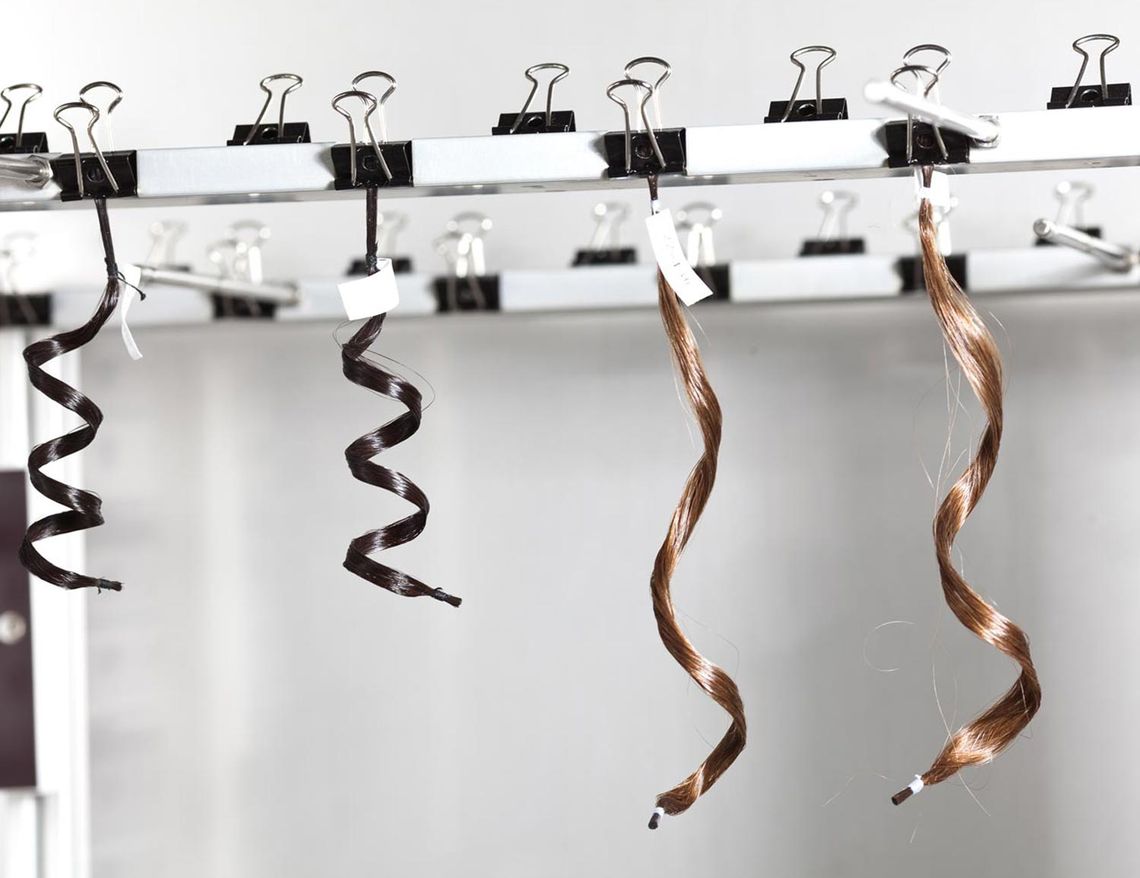
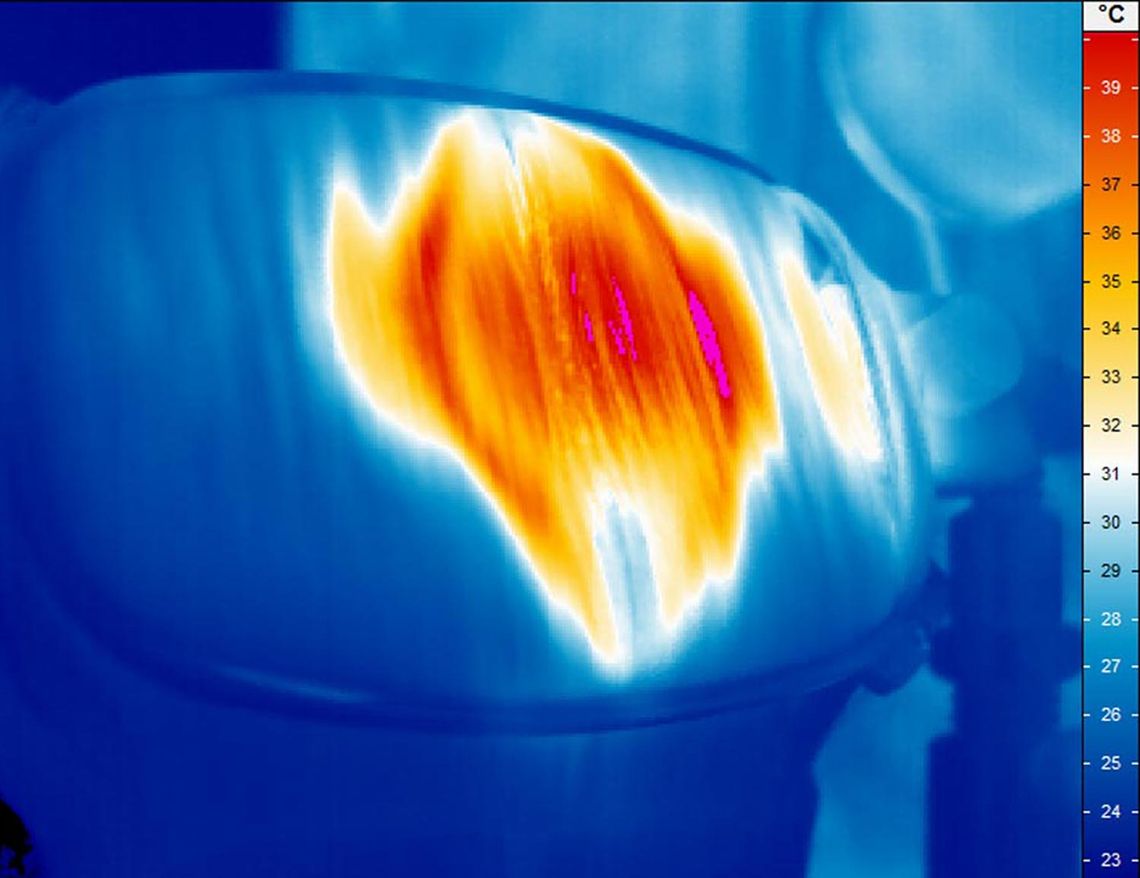
So the heat damages the hair?
Jelena: Yes, definitely yes! You should always blow dry with a heat protector, at least with long hair. If you now assume that hair grows 12 cm a year, then long hair was already exposed to a lot of damaging influences, by the sun, climate, and other physical influences such as combing. If I then add heat on top of that... With longer hair, I would always recommend to use a heat protection product on the hair before picking up the hair dryer.
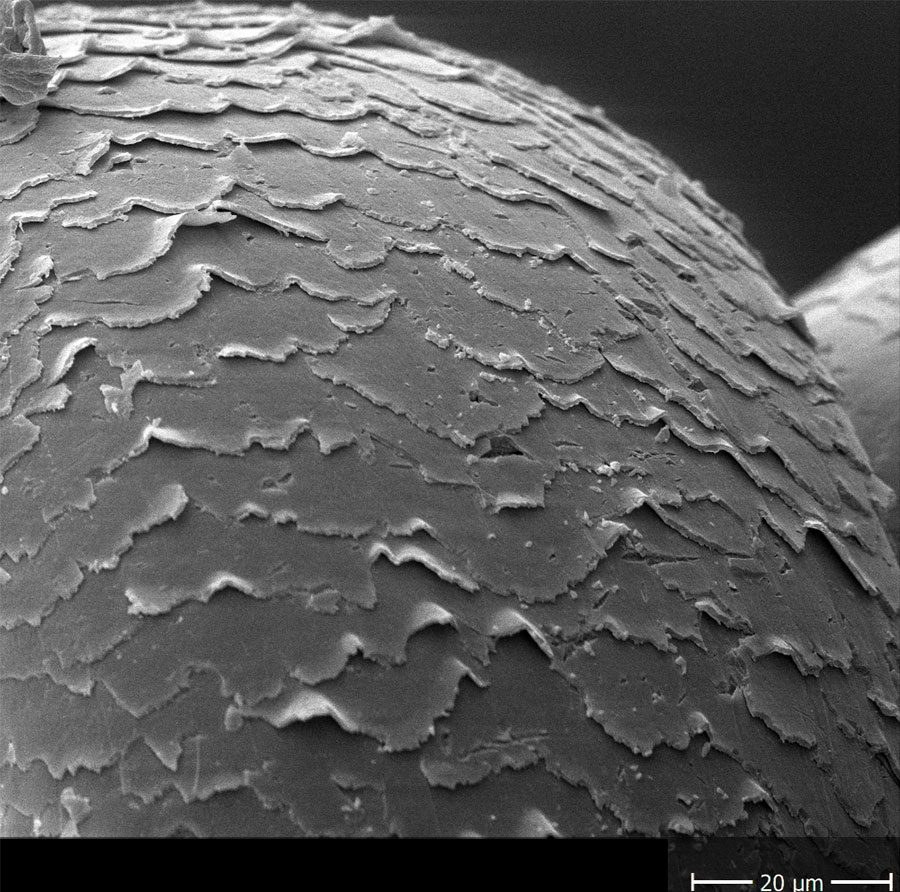
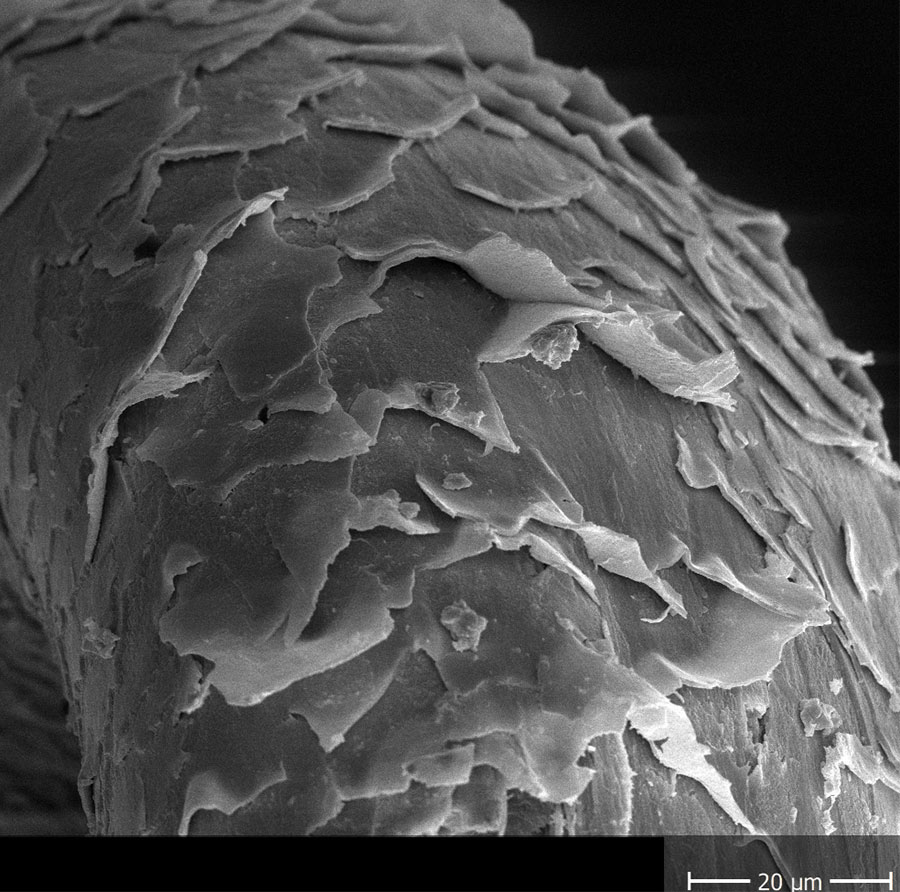
So these are like sprays that protect the hair from damage when blow-drying?
Jelena: Yes, we test them very often at proderm
And how hot does a hair dryer normally get, Jelena?
Jelena: Well, roughly up to 120°C. Hair straighteners get up to 230°C. But you need to be able to set different heat levels anyway. When I worked in the salon, I managed to melt a plastic comb… I wouldn't put such a professional hair dryer in the hands of a child, they actually get really hot.
So what would be the method we use investigating hair damage?
Annalena: When we investigate heat damage after treatment with hair straightener we have two references: Undamaged, which was neither treated nor damaged and a damaged reference, where no product was applied before applying the heat. Then we compare that with hair that was treated with the test products to compare how big the damage is. Is it similar to the positive or negative reference? Individual hair fragments are put into special measuring capsules and sent to a laboratory – Basically, with this method you destroy remaining keratin in the sample using high pressure and heat, and then you look at values and conclude the level of damage.
Oh, so if the hair was pre-damaged, it breaks down more quickly?
Annalena: Yes, pretty much. It's called HP-DSC - high pressure differential scanning calorimetry. In principle, the residual energy in the hair is measured. If the hair is damaged, the curve is different from that of undamaged hair.
The more superficial heat damage from blow-drying cannot easily be measured by use of methods as HP-DSC which is mainly assessing damage of the cortex. But in our research, measurements of dry combing forces were found to be quite sensitive to indicate heat damage from hair drying.
Would you say, proderm is ready to take on another hair dryer study?
Jelena: Yes. I'm ready!
Annalena: Absolutely!



